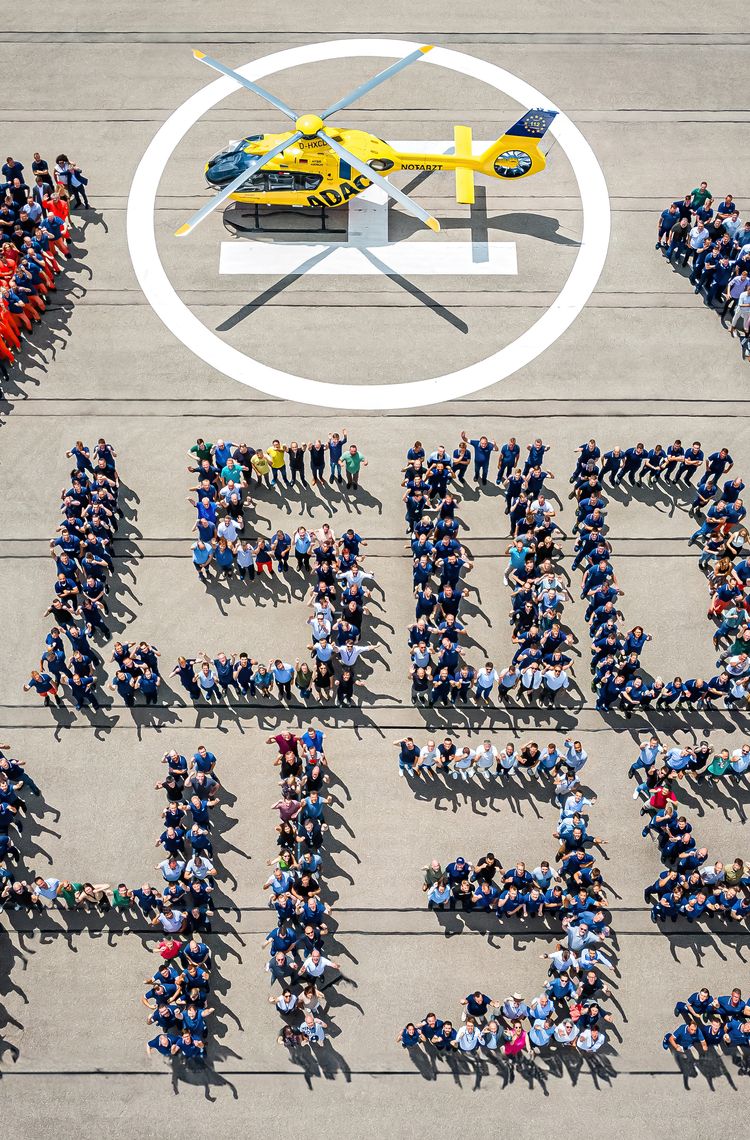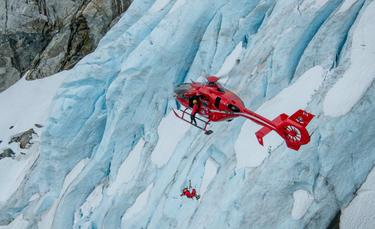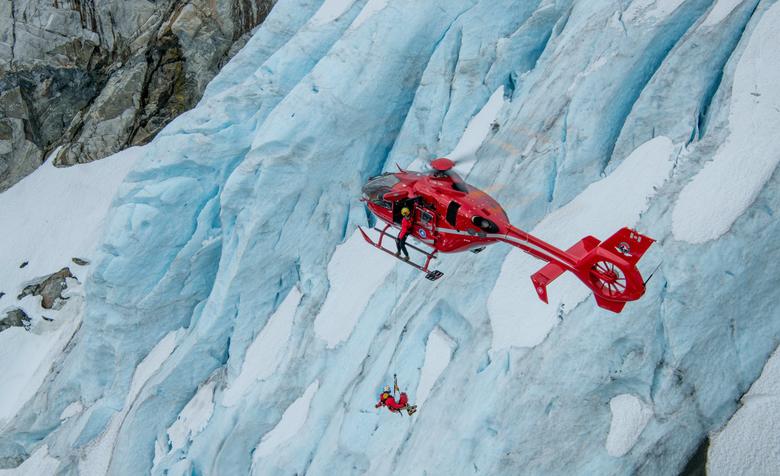August 30, 2023, marked the 1500th delivery of the H135, as ADAC Luftrettung, one of the most prominent helicopter emergency services (HEMS) operators in Europe, received another light twin-engine helicopter to add to their mission-ready fleet of H135 and H145 helicopters. Customers across the globe share why this milestone is a testament to the helicopter as the market leader for HEMS operations, and an aircraft of choice for search and rescue, offshore wind farm maintenance, and critical care transport, among other diverse missions.
Geoff Doran, Chief Pilot at Blackcomb Helicopters, and James Houser, President and CEO of the Center for Emergency Medicine of Western Pennsylvania, including STAT Medevac, share their experience with their H135s.
“The most memorable moment I had with the H135 was when we picked it up in Fort Erie at Airbus’ facilities and flew it to the West Coast,” says Geoff Doran, Chief Pilot at Blackcomb Helicopters, who specialises in mountain rescues in British Columbia. “We flew through all of Canada’s geographical areas, from Ontario across the Great Plains, over the Rocky and Coastal Mountains, to British Columbia. Being able to fly that modern, incredible machine across the country was a privilege.”
Doran’s words are echoed by James Houser, President and CEO of the Center for Emergency Medicine of Western Pennsylvania, whose emergency air transport arm is STAT Medevac. “I vividly recall my early days in critical care transport,” he says. “From the 13th floor of UPMC Presbyterian we had a wonderful view of the helipad. Being new, I didn’t know what I was looking at but I knew that the H135 aircraft were different. There was something appealing about their look and styling. You just knew that they were modern.”
Peter Fleischhacker, Head of Flight Operations at ÖAMTC Air Rescue Regiments, talks about the experience of saving lives with the H135 in the mountains.
ÖAMTC Air Rescue operates in Austria in temperatures that can reach 40°celsius in the summer and minus 20°celsius in the winter. Depending on which part of the country they’re serving, the helicopters might fly at altitudes up to 10,000 mean sea level (MSL). Pilots also face a number of other environmental factors, such as turbulence, wind, and fog depending on the season.
Yet despite these challenges, pilots like Fleischhacker cite the H135’s reliability and ability to handle all conditions. Attributes like the autopilot, the Night Vision Goggle-compatible cockpit, First Limit Indicator, which highlights the engine data in one indicator, and navigation systems decrease pilot workload and increase situational awareness.
The H135’s wide, unobstructed cabin combined with excellent performance and payload capacity have made it not only a reference for HEMS services but an asset for search and rescue missions. Oversized sliding side doors and rear clamshell doors ease the loading and unloading of patients on the ground, with added safety from the helicopter’s shrouded Fenestron tail rotor. “During one of my last type rating training sessions with a student, he looked at me with shining eyes and said, ‘Thanks for this flying laptop with rotor blades on top’,” says Fleischhacker. “This is how I would describe the H135.”
HTM, one of the largest helicopter companies in the German-speaking world, currently services 12 wind farms in the German Bight and at the French Atlantic Coast. Bernd Brucherseifer, HTM Managing Director and active pilot, discusses what it’s like to hoist at wind power turbines with the H135.
The H135 serves many missions at HTM - from corporate transport and ambulance flights to avalanche blasting – but its main role is in offshore wind farm operations and maintenance, transporting service technicians to the turbines and lowering them by hoist. “Offshore is a very special industry with stringent requirements regarding performance, especially for OEI hover out of ground effect performance in case you lose an engine,” says Brucherseifer. He goes on to note that this requirement means the choice of helicopter types is limited for the type of work HTM specialises in. Happily, both the H135 and H145 fill the need, and are the reason HTM’s fleet leans heavily toward Airbus products.
Having a reliable helicopter when flights over the German bight are often turbulent, windy and with limited visibility, is therefore a prerequisite. Yet when asked what he likes about the H135, Bernd Brucherseifer notes its design and comfort. “The H135 is like a house shoe that you slip into and feel well. I’ve flown with the H135 in thousands of rescue missions and several hundred hours offshore and I’ve never had an issue with the helicopter,” he says. “The cockpit is designed with an economy of effort in mind. You find every switch that belongs, say, to the avionics or the electrical system on the same row.”
Moreover, the H135 draws on more than 40 years of experience in the offshore segment, in missions like oil and gas transport and sea pilot transfers. The helicopter’s two engine options (Safran Helicopter Engines’ Arrius 2B2 Plus and Pratt & Whitney Canada’s 206 B2) give the H135 excellent performance and power reserves, even in OEI scenarios, along with low fuel consumption.
*This article was originally published in issue 125 of Rotor Magazine - Airbus Helicopters' customer magazine. If you would like to subscribe, please click here.


